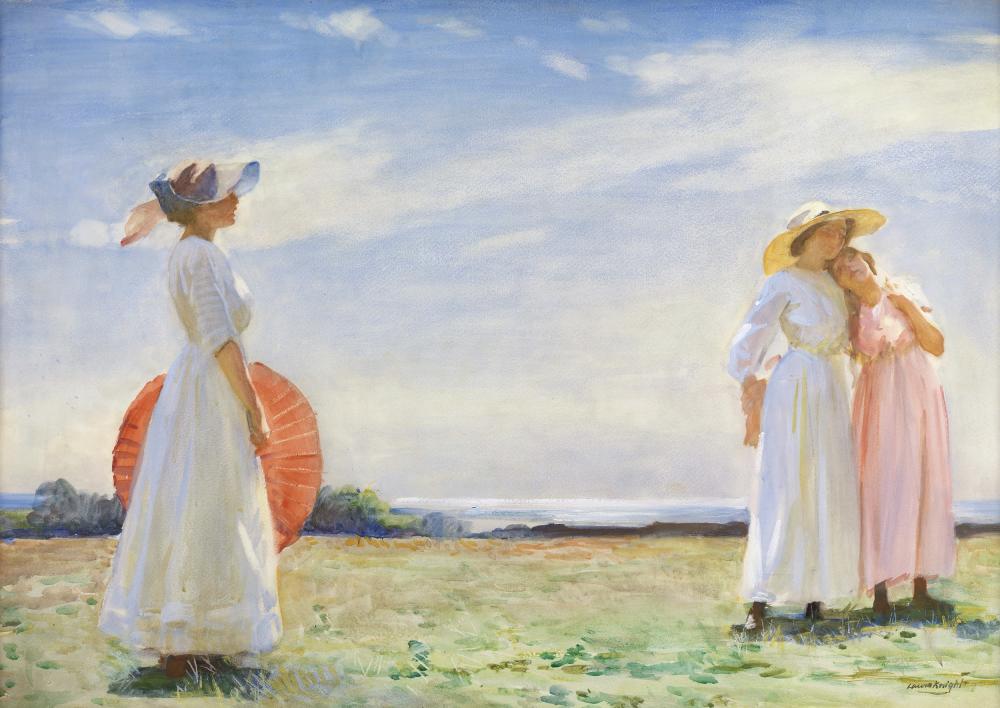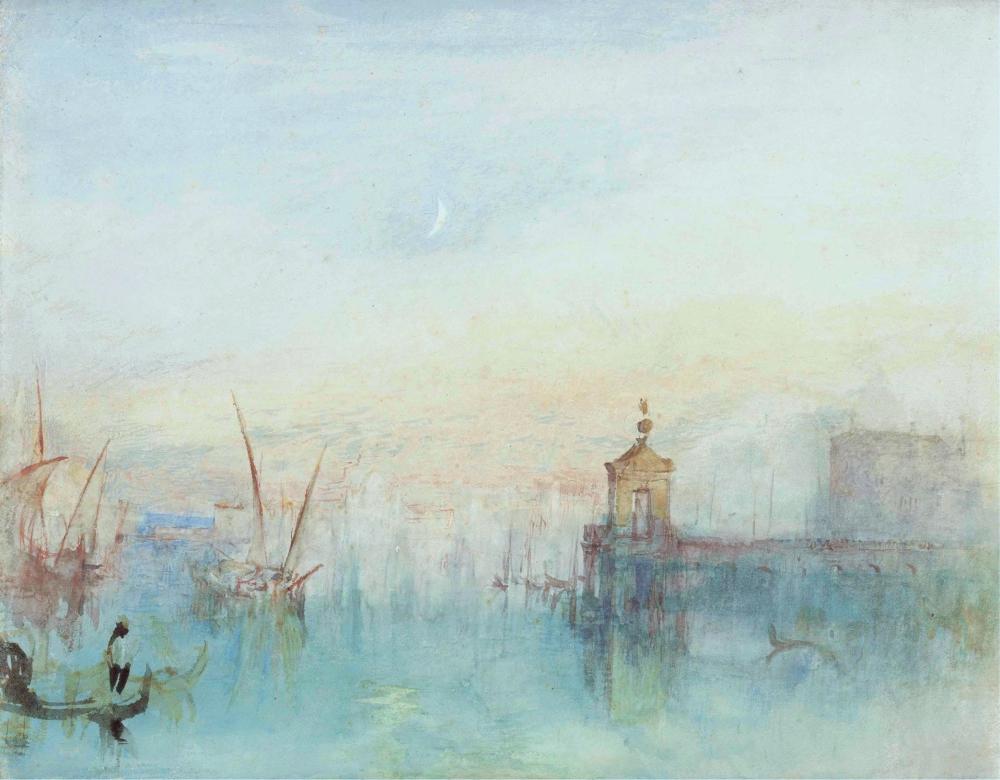JOHN SINGER SARGENT
(1856-1925)
A Siesta
Provenance
Harry William Henderson (1862-1931), purchased directly from the artist
By descent to Elizabeth, Baroness Carnegy of Lour (1925-2010)
By descent
Exhibited
Royal Academy, London, Winter Exhibition: Works by the Late John S. Sargent, 1926
National Portrait Gallery, London and Leeds City Art Galleries, John Singer Sargent and the Edwardian Age, 1979, catalogue no. 85
Dulwich Picture Gallery, London, Sargent: The Watercolours, catalogue no.65, 2017
Literature
Exhibition catalogue for the Royal Academy Winter Exhibition: Works by the Late John S. Sargent, 1926, London, p.11
James Lomax, Richard Ormond, John Singer Sargent and the Edwardian Age, 1979 exhibition catalogue for National Portrait Gallery, Leeds City Art Galleries, Detroit Institute of Fine Arts, catalogue no. 85
Richard Ormond, Elaine Kilmurray & Donna Seldin Janis, Sargent Abroad: Figures and Landscapes, no. 71, 1997
Richard Ormond and Elaine Kilmurray, Catalogue Raisonne Volume 8, no.1556
Richard Ormond and Elaine Kilmurray, Sargent: The Watercolours, Dulwich Picture Gallery, 2017 exhibition catalogue, no.65
This painting of two women lying asleep on a mountain hillside almost certainly depicts Sargent’s sister, Violet, and her daughter, Reine. The watercolour was very likely painted at the Simplon Pass, in Switzerland, where Sargent spent three consecutive summer seasons, from 1909-1911, with family and friends.
The two figures, with their feminine, twisted S-shaped bodies, conjure up a dreamlike world of innocence, beauty and suspended time. They lie in an Alpine meadow, seemingly tired from some mountain expedition. The curve of the two bodies and the parasol are juxtaposed by the solid grey rock in the foreground. Sleeping or resting females is a recurring theme in Sargent’s Alpine studies, so too is his interest in rock formations and here we see both together. The light effects and staccato brushwork add a dynamism to the scene despite the fact the two women are lying peacefully still in the summer sunshine.
Sargent was at his most relaxed when abroad in the company of family and friends with the possibility of painting a watercolour before him. Watercolour for Sargent came to represent freedom and pleasure in a professional life that was increasingly encumbered with responsibilities and peopled with demands. He confessed to his friend William Rathbone that watercolours ‘keep up my morale’. The medium of watercolour also allowed him to venture away from the confines of the studio and to work in the ‘plein air’ tradition which had been so important to him in the 1880s.
Sargent was one of the greatest exponents of the medium of watercolour: he understood how to describe the transience of light and the effects it has on different surfaces. The present picture is a wonderful study of light and form, capturing two women he knew so well in a moment in time.


